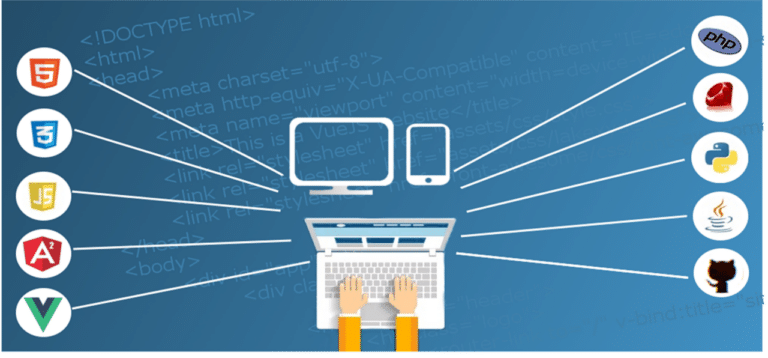Introduction:
Salesforce Apex is a powerful programming language tailored for building applications on the Salesforce platform. While mastering the basics is essential, diving into advanced techniques can elevate your development skills and enable you to create more efficient, scalable, and sophisticated solutions. In this article, we’ll explore some advanced Salesforce Apex development techniques that every developer should know to unlock the full potential of the platform.
Bulkification:
Bulkification is crucial for optimizing the performance of your Apex code, especially when dealing with large volumes of data. By designing your code to operate efficiently on collections of records rather than individual ones, you can minimize the number of database operations and reduce governor limits. Techniques such as using collections like lists and maps, employing SOQL queries with ‘IN’ clauses, and leveraging batch processing can help achieve bulk processing.
Asynchronous Apex:
Asynchronous Apex allows you to execute long-running processes in the background, freeing up system resources and improving application responsiveness. Techniques like @future methods, Queueable Apex, and Batch Apex enable you to perform tasks asynchronously, such as complex calculations, data processing, or external integrations. By leveraging asynchronous processing, you can enhance the scalability and performance of your applications.
Governor Limit Management:
Governor limits are guardrails put in place by Salesforce to ensure the stability and performance of the multi-tenant environment. Effective management of governor limits is essential for building robust and scalable applications. Advanced techniques for governor limit management include optimizing code to minimize CPU time, heap size, and database operations, implementing error handling and retry mechanisms, and strategically batching and scheduling processes to stay within limits while maximizing efficiency.
Design Patterns:
Applying design patterns can significantly improve the structure, maintainability, and extensibility of your Apex code. Advanced design patterns such as Singleton, Factory, Decorator, and Service Layer patterns provide reusable solutions to common development challenges. By adopting design patterns, you can promote code reusability, modularization, and scalability, leading to more robust and adaptable applications.
Test Driven Development (TDD):
Test Driven Development is a methodology that emphasizes writing tests before writing the actual code. In the context of Salesforce Apex development, TDD involves creating unit tests to validate the behavior of your code and ensure its correctness and reliability. Advanced TDD techniques include using mocking frameworks like ApexMocks, designing testable code with dependency injection, and implementing comprehensive test coverage to validate edge cases and corner scenarios.
Dynamic Apex:
Dynamic Apex enables you to write code that can adapt to changes in data and metadata at runtime. Techniques such as dynamic SOQL queries, dynamic DML operations, and dynamic Apex code generation empower you to build flexible and customizable solutions that can handle dynamic requirements, such as building generic frameworks, dynamic report generation, or dynamic UI components.
Conclusion:
Mastering advanced Salesforce Apex development techniques is essential for unlocking the full potential of the platform and building robust, scalable, and maintainable applications. By leveraging techniques such as bulkification, asynchronous Apex, governor limit management, design patterns, Test Driven Development, and Dynamic




